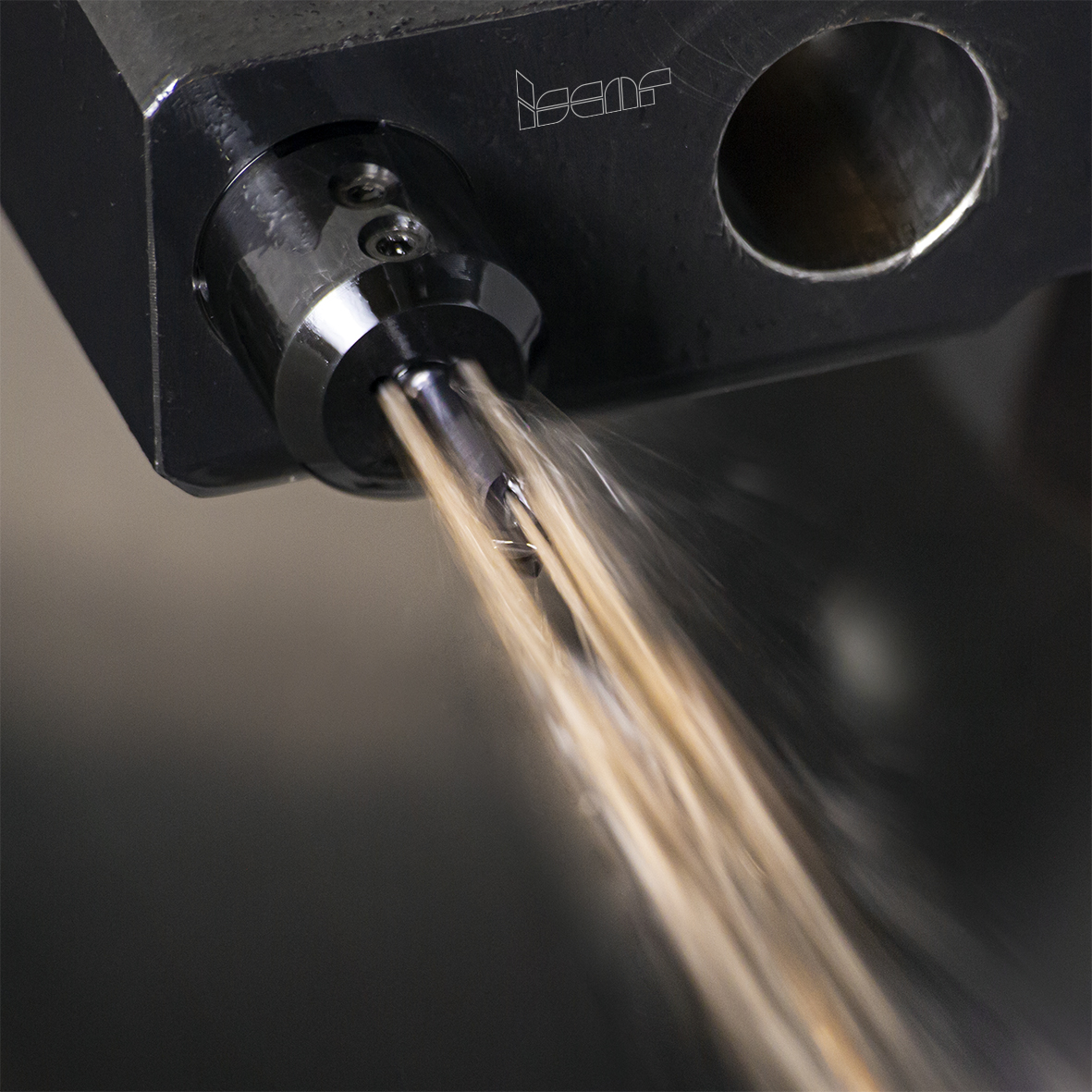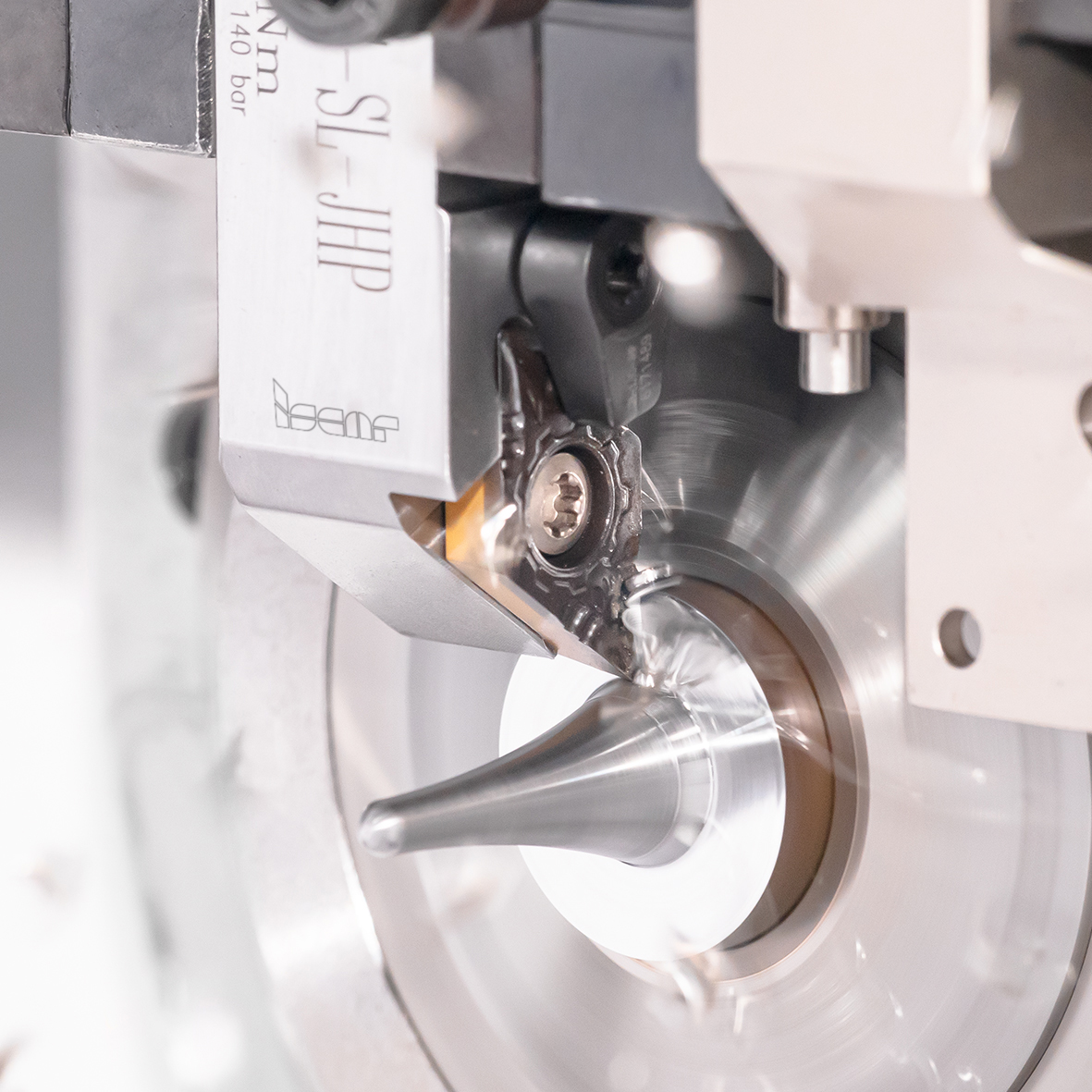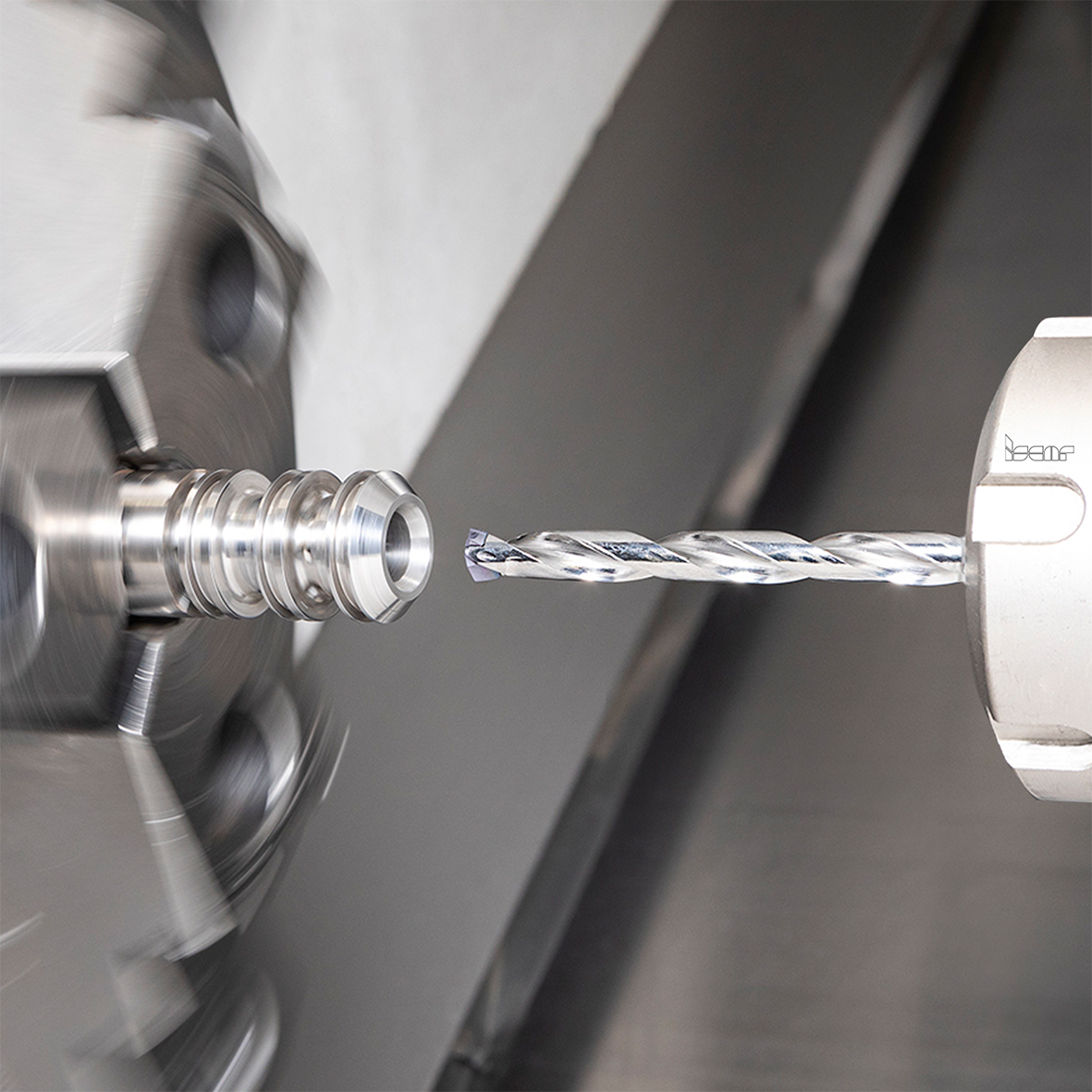The proposed article illustrates new solutions to contend with machining parts for the medical industry.
Machining continues to be a main process for the production of medical parts. The medical industry is a
major consumer of cutting tools. What are the specific features of the industry from the tool manufacturer’s
point of view? Which medical components are most challenging to the machine? Which cutting tools are common
today for machining medical parts? Why are tools for machining orthopedic components at the forefront of
technology? What are the cutting tool trends for tomorrow?
The medical industry specializes in producing a wide range of healthcare equipment. This equipment is
intended for solving a broad spectrum of health protection problems and it contains numerous parts that vary
in dimensions, accuracy, material, and shape complexity. To make these parts, the medical industry utilizes
diverse technological processes in which machining still plays an essential role. The general principles of
machining healthcare equipment parts do not differ from similar parts of non-medical mechanisms. However,
there are components that require intricate machining processes. These processes are challenging and require
process planning, essential machinery, and selecting the right cutting tools. Cutting tool manufacturers
contend with developing unique tools to assure effective productivity and profitability solutions for
medical parts production.
Orthopedic and dental surgery components are classic examples of complex parts with challenging machining
processes. Typical implant materials such as titanium alloys, cobalt-chromium (CoCr) alloys, and stainless
steel are difficult-to-cut. Many implants have a complex shape, which requires multi-axis machining. The
implants and their respective parts are usually small in size and are characterized by stringent dimensional
tolerances and excellent surface finish. Modern high-performance small to medium multitasking machines,
Swiss-type, and live-tooling lathes are the most efficient machining tools for cutting operations required
for implant manufacturing. For maximize cutting output, machines require appropriate tools. When developing
cutting tools for implant machining, tool manufacturers consider the mentioned features of the components to
guarantee the right solution.
-
Cutting tools are characterized by:
- Machining small-size and miniature parts in limited working spaces
- Main application groups ISO S and ISO M
- High accuracy and surface finish requirements.
Small tool diameters in rotating tools result in substantially increased rotary velocities. These tools must be balanced and possess a dynamic strength margin to perform effectively under high rotating speeds.
Cutting tool design engineers greatly impact new tool developments in the field. The latest products introduced by ISCAR contribute to learning the influence of the factors. In cutting ISO S and ISO M materials, coolant supply is essential for achieving efficiency. The PICCOCUT line of miniature tools was developed specifically for machining small miniature parts. (Fig. 1). This highly advanced product line was reinvented over time by a coolant-through-tool feature with pinpointed emulsion directed at the cutting edge of the insert. PICCOCUT also features double-sided holders with internal coolant channels pinpointed to the cutting zone and holders with a user-friendly clamping mechanism, which ensures high stiffness clamping for improved cutting performance. ISCAR also offers turning tools with ISO standard inserts intended for machining small-sized parts on Swiss-type and CNC lathes, and new square-shank holders for turning applications (Fig. 2). The holders have the SAFE-T-LOCK clamping mechanism which assures precise and extremely rigid insert mounting, and a high-pressure cooling option. This enables turning under high machining conditions while ensuring better productivity and prolonged tool life.
In parting, ISCAR realizes that narrow widths of cut contribute highly to cost savings. A new range of compact tools with SELF-GRIP inserts in widths of 0.6…1.2 mm enable slim cuts that save material waste when parting bars with diameters of up to 16 mm. The tools are suitable for machining narrow external grooves. These tools are intended for Swiss-type machines.
Small-sized solid carbide drills are common tools used for drilling orthopedic components. Assembled drills with exchangeable carbide cutting heads provide cost benefits. However, the miniaturization of drill diameters makes the assembled concept difficult to implement and designing drills with heads in small-diameter ranges is not a simple task for design engineers. In recent years, the lower limit of the diameter range for ISCAR SUMOCHAM drills with interchangeable carbide heads was 6 mm. Lately, ISCAR's prolific design engineers have succeeded in reducing it to 4.5 mm (Fig. 3). This is a major step in the application field of cost-efficient assembled drills for the medical industry.
In theoretical terms, ball-nose milling cutters provide a point of contact with curve-based surfaces. These are the main tools for fine milling complex-shaped parts for high-surface finish. At the same time, generating high-quality surfaces by milling with ball-nose cutters requires diminishing the step size, which in turn increases cycle time. Applying barrel-shaped mills, also known as "segment mills", is an effective solution to overcome the mentioned obstacle, especially in five-axis profile machining of formed orthopedic components. The latest evolution of multi-coordinate machine tools has expanded the boundaries of barrel-shaped milling. ISCAR added high precision "cutting barrels" to the product range of solid carbide endmills (SCEM), indexable profile mills, and Multi-Master tools, the versatile family of assembled endmills that mount exchangeable carbide heads. These cutters are designed primarily for semi-finishing and finishing titanium, exotic superalloys, and austenitic stainless steel which are common materials in the medical industry. Barrel-shaped mills provide a much smoother surface and reduce the number of cuts while decreasing process time. ISCAR Miniature SCEM and Multi-Master endmills are highly effective for machining complicated orthopedic parts such as knee prosthesis components (Fig. 4).
Milling, drilling, engraving, deburring, and other cutting operations performed by small-size rotary tools require considerable rotating velocity. This velocity grows substantially if high-speed machining (HSM) strategies are used. There are machine tools that do not enable boosting the rpm. ISCAR's new high-pressure coolant-driven MICRO 90 spindles (Fig. 5) provide a winning solution. MICRO 90 spindles enable rotating velocities in the range of 35000-53000 rpm while the main machine spindle remains idle.
The medical industry is one of the rapidly growing branches of modern manufacturing which mainstreams new engineering materials such as composites and utilizes new technologies such as 3D printing. Contemporary machining solutions relate not only to producing orthopedic and dental components but also to medical instruments, parts of medical appliances, micromachined medical devices, and more. The emerging trends challenge the medical industry to seek solutions from other sources relevant to manufacturing medical products. Among the sources on which it relies are tool manufacturers, who remain focused on changing industry trends. As a result of realizing the ongoing changes, the tool manufacturer will be able to provide the ultimate solutions for machining complex medical components.





